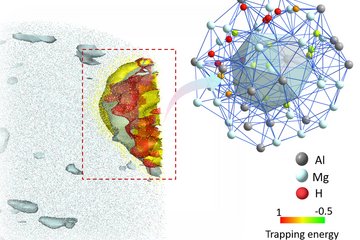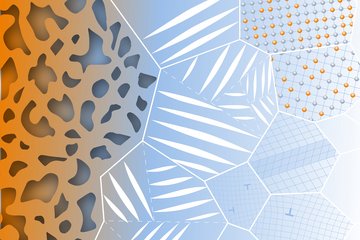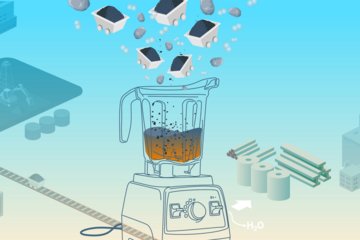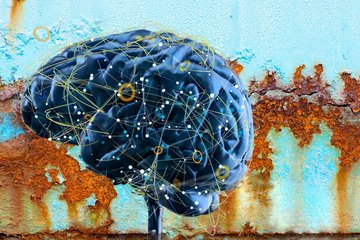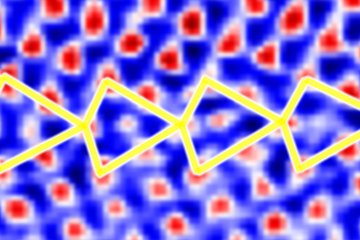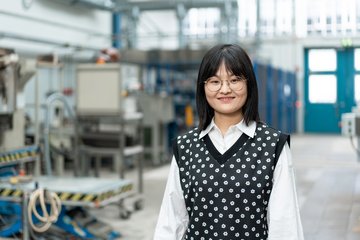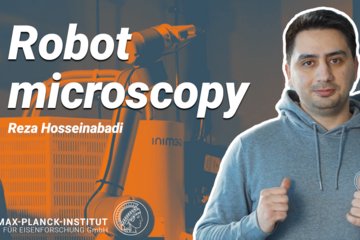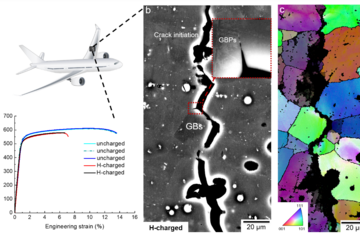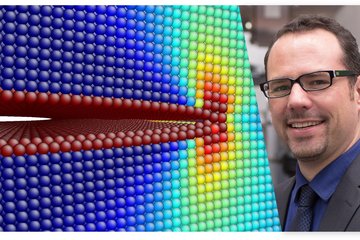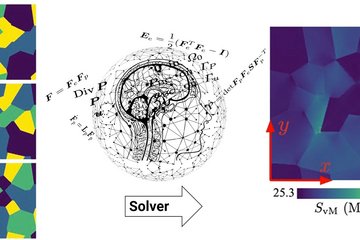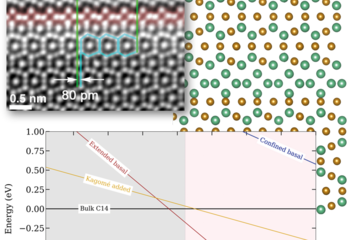All genres
1.
Journal Article
Evolution of microstructure and internal stresses in multi-phase oxide scales grown on (110) surfaces of iron single crystals at 650 °C. Oxidation of Metals 73 (1-2), pp. 115 - 138 (2010)
2.
Journal Article
Effect of Substrate Grain Size on the Growth, Texture and Internal Stresses of Iron Oxide Scales Forming at 450 °C. Oxidation of Metals 73 (1-2), pp. 15 - 41 (2010)
3.
Journal Article
Dependence of Oxidation Behavior and Residual Stresses in Oxide Layers on Armco Iron Substrate Surface condition. Materials Science Forum 524-525, pp. 963 - 968 (2006)
4.
Talk
Effect of substrate microstructure on phase, texture and internal stress evolution in iron oxide layers grown at 650 °C. Zeit- und temperaturaufgelöste Röntgen-Pulver-Diffraktometrie VIII, Fraunhofer ICT, Pfinztal, Germany (2007)
5.
Talk
In-situ phase analysis and stress evolution in iron oxides on iron poly and single crystals. Size-Strain V, Garmisch-Partenkirchen (2007)
6.
Talk
Effect of substrate orientation on the phase and internal stress evolution in iron oxide layers. MECASENS IV, Wien, Austria (2007)
7.
Talk
Wachstumsspannungen und Eigenspannungen in Oxidschichten auf Armcoeisensubstraten. FA 13 Eigenspannungen der AWT, Forschungsgemeinschaft Werkzeuge und Werkstoffe e.V., Remscheid (2007)
8.
Talk
Eigenspannungsentwicklung in Oxidschichten auf ein- und polykristallinem Eisen. FA 13 Eigenspannungen der AWT, Lehrstuhl für Umformtechnik und Gießereiwesen, TU München, Germany (2006)
9.
Talk
Internal Stresses in Oxid Layers on Iron Polycrystals. User Meeting HASYLAB bei DESY, Hamburg, Germany (2006)
10.
Poster
The Effect of Crystal Orientation on the Oxidation Behavior of Iran Substrates. SNI 2006, German Conference for Research with Synchrotron Radiation, Neutrons and Ion Beams at Large Facilities, Hamburg, Germany (2006)
